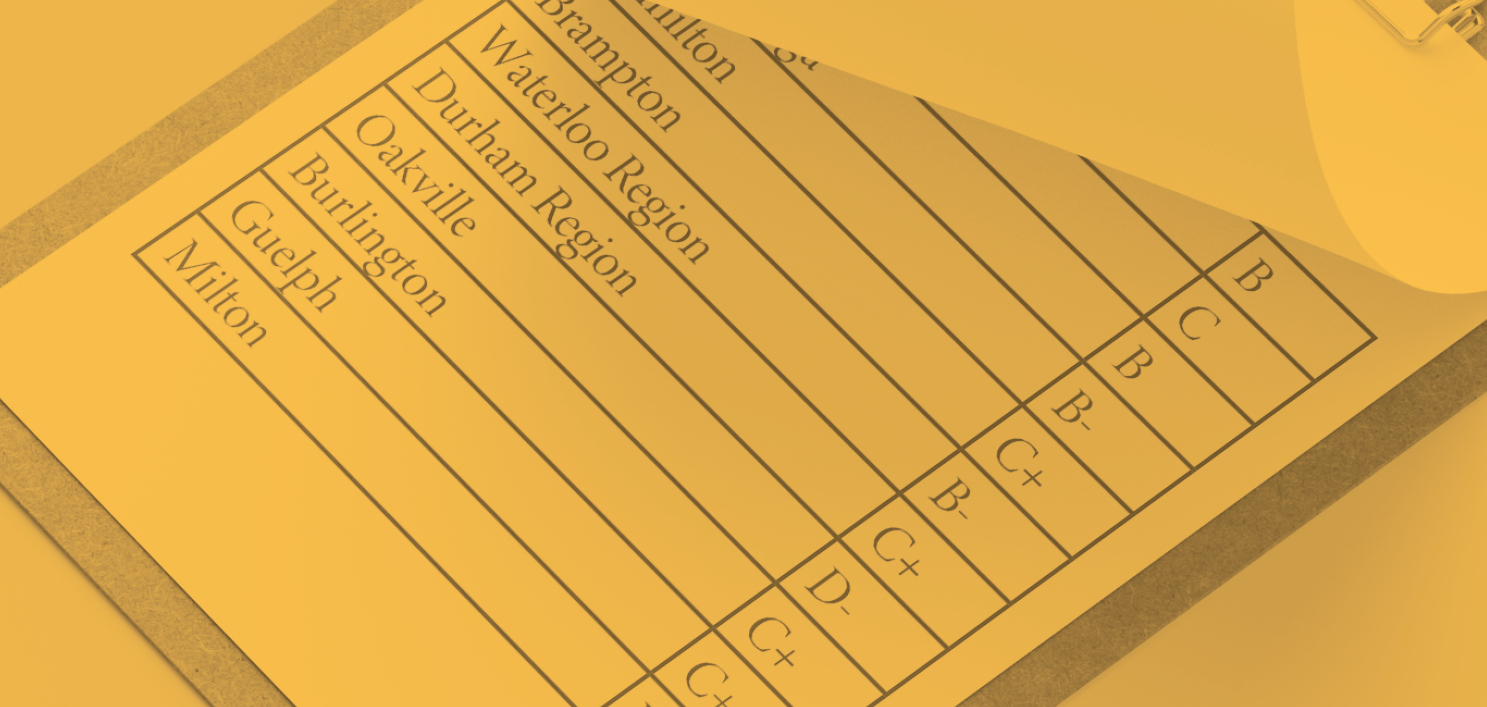As students return to school next week, and more workers return to their offices as summer comes to a close, commuters across the GTA are going to experience a new level of suffering.
We have outgrown our infrastructure, and more needs to be done to create relief. We need our governments to band together to support a Toronto Region transit network that works for the future. If they don’t, the problems we see today will compound, creating a nightmare situation in which new and expensive transit infrastructure is chronically underused and our roads are constantly gridlocked.
This isn’t only a quality-of-life problem for commuters. Road congestion costs us $11 billion a year in lost productivity. Transit should be an affordable and appealing option, but public transit struggles to serve its riders well. New transit infrastructure is being built across the region, but these new lines are years if not decades away. We need our existing transit network to work at peak efficiency.
That’s why the Toronto Region Board of Trade recently released report cards grading transit systems across the region. We found that, without exception, every municipality needs improvement. Frequency, reliability and service coverage are key to the customer experience, but transit service levels are inconsistent across the region, with different municipalities adopting very different approaches to delivery.

Transit Report Cards
Covered extensively by media across the region (the report was cited in 147 media stories), our Toronto Region Transit Report Cards are part of the growing conversation on the importance of better regional transportation. Decades of questionable planning and underfunding have produced a disjointed patchwork of regional and municipal transit systems that makes commuting across the region confusing, expensive, and time-consuming. This severely limits the options for commuters, and businesses have made it clear that a lack of convenient, affordable, and reliable transit for workers makes it significantly harder to attract and retain the talent they need.
Positive steps have been taken. Earlier this year, the Board’s long-term advocacy for an integrated fare system paid off, with the provincial government announcing a commitment to implement fare integration by the end of 2023. Coordinating fares across GTA transit systems will make taking public transit more convenient, more affordable, and the more logical choice, but it’s just a start. Many more solutions are needed for the region to truly make transit a viable alternative for commuters in the coming years. And it’s critical that we make those moves quickly, so when new transit infrastructure comes online in the coming years, it is set up for success.
The Toronto Region is expected to be a key destination for the 1.5 million newcomers coming to Canada over the next three years, but just like with housing, we don’t have enough transit to deal with the influx. It is vital that the region develops an improved system to connect these new Canadians to the jobs and services they need, and businesses to the employees they’re seeking to hire.
The aim is to inspire conversation on how to improve the system as a whole. While we’re running out of space to build new roads, we are building more transit, and we can commit to improving the transit we have today. Governments at all levels should be working together to ramp up radical transit expansion across the region. It will require innovative ideas, increased funding, and a commitment to collaboration. The situation on our roads is increasingly untenable, sapping productivity and diminishing our quality of life. A high-performance transit network is key to a prosperous future for everyone. As we wait for what’s to come, let’s not forget to focus on what we have.